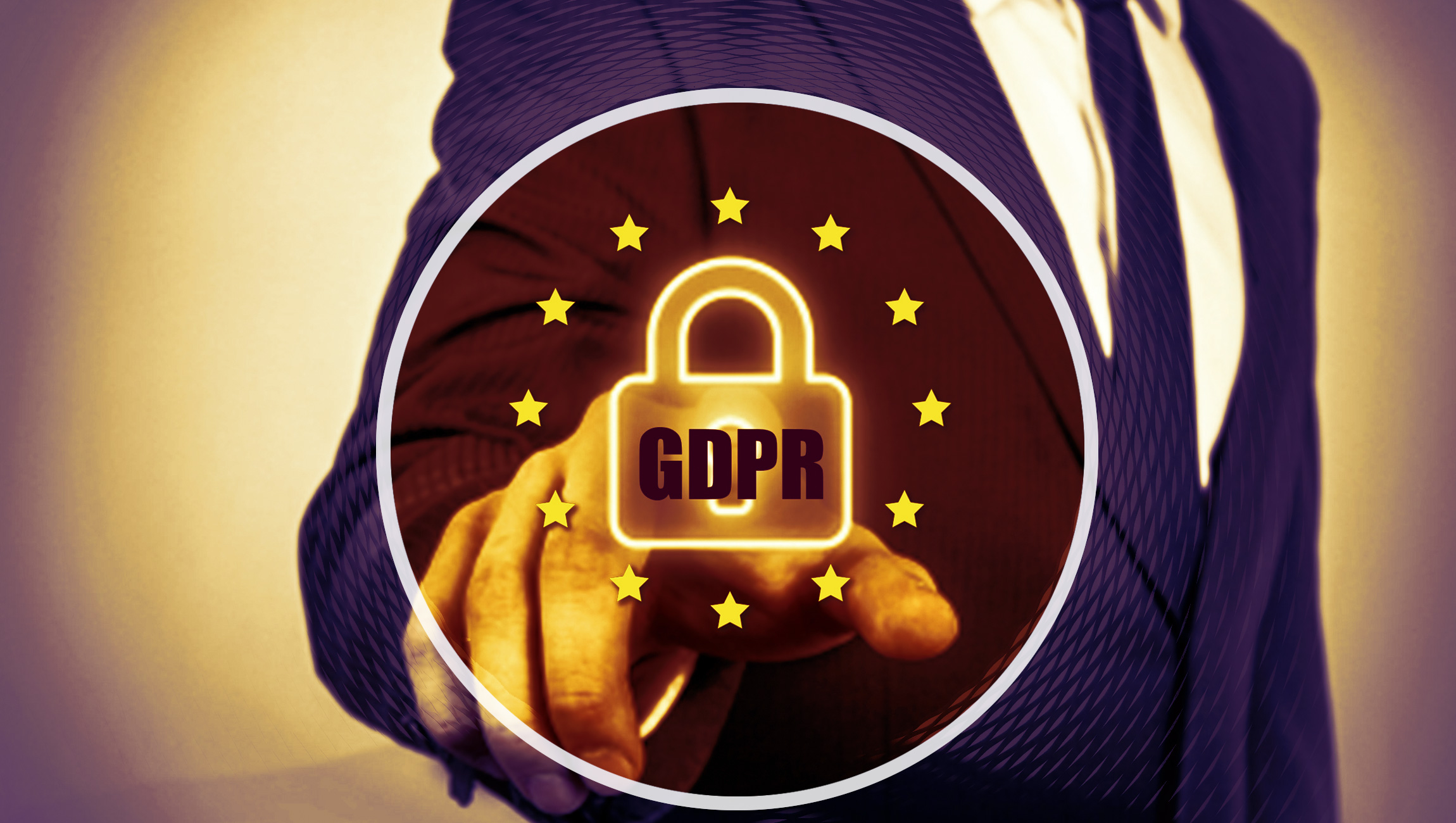It’s no secret that events drive revenue (in a Harvard Business Review study of 739 executives, 52% of brands say events drive more ROI than any other Marketing channel). And now that brands can prove it, the fastest-growing companies are doubling down on this beloved Marketing channel and looking to scale and grow their event programs.
But here’s the thing: there’s hosting more events, and then there’s streamlining and establishing your processes and systems to ensure you’re compliant with all data processes. If you want to scale, you need to do both. Below are my tips to ensuring you’re building a scalable event program while staying GDPR compliant.
The elephant in the room: GDPR
It’s been over a year since the General Data Protection Regulation (GDPR) — the EU’s data privacy regulation — went into effect, but that doesn’t mean it shouldn’t be top of mind. For event organizers, GDPR boils down to ensuring that the information you collect from event participants is accurate across all of your systems and that you have proactive consent to collect and store that information in the first place.
It may seem like a tall ask, but I’ll let you in on a secret: a more accurate database usually means a more engaged database. Those who opt-in to receive your Marketing communications will respond faster and engage more often.
Here are some tactical ways to scale your event program while staying GDPR compliant:
1. Manage your events in one platform
The first step to building a scalable event program is using the right event technology. When you’re able to manage all of your events (no matter the size or event type) in a single platform, it eliminates confusion across teams and the possibility of duplicative or off-brand work, since everyone has access to all event information, all in one place.
This improves efficiency and enables your team to host more events, and also ensures that you can control your event data in a single (and secure) platform.
2. Minimize (or eliminate) manual processes
In events, manual processes (e.g. transferring RSVP data from an Excel spreadsheet into your Marketing Automation system) not only wastes time — they can lead to inaccurate event data.
When you integrate event data with the rest of your systems, you can automate event processes like data syncing, reminder emails, or post-event follow-ups, and you no longer have to worry about information being captured incorrectly or not making it into your systems in the first place. Even better: your team will save time and be able to focus their efforts on more strategic initiatives.
3. Use templates for all your assets
All of your events don’t need to look and feel exactly the same — but using templates for event landing pages and emails will allow you to create more events more quickly. Plus, the last thing you want is to grow your event program, only to find out that some of the events are off-brand.
Bonus: when you can leverage consistent registration forms that you know include the proper privacy language, this helps eliminate the possibility of any of your forms failing to be GDPR compliant.
4. Empower other teams to host their own events
Marketing is often responsible for strategizing and executing events, but this often isn’t the most scalable or realistic method. When you empower other teams (for example, Sales or Recruiting) to host their own events, it not only saves the Marketing team time but allows you to scale your event program massively.
When you use the right event technology, you can ensure the event assets that members of your team create are always on-brand and aligned with your overall strategy. This means no one-off or off-brand event pages, and no event data slipping through the cracks.
Read more: GDPR Anniversary: Where are We on Privacy a Year Later?












Comments are closed.